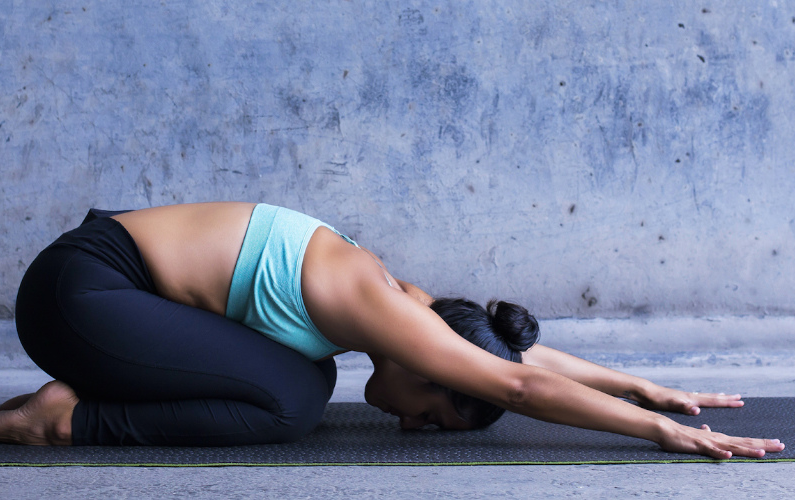Stretching For Health
“The stiffest tree is most easily cracked, while bamboo or willow survives by bending with the wind.”
~ Bruce Lee

Lack of flexibility is now recognized as a major contributor to various health issues, including sports injuries, stress, back pain, and even osteoarthritis. It also prolongs the healing process for joint-related injuries. Recent studies reveal that approximately 60 percent of individuals with back and knee problems have tight hamstrings and hips, primarily due to a lack of flexibility.
Active-Isolated Stretching (AI)
Active-Isolated Stretching (AI) is a technique that has been embraced by Olympians for the past decade and is now available to the public. The beauty of AI stretching lies in its ability to deliver oxygen to sore muscles, eliminate toxins, and provide a deep massage-like effect by activating muscle fibers during the stretch itself.
How to Stretch
To ensure optimal results, it is recommended to wear loose clothing for comfort and have a five-foot length of rope with a loop on one end, which aids in achieving a complete stretch.
Find a cozy spot to perform your stretch, whether it be on a bed, carpeted floor, or mat.
Isolate the muscle or muscle group you wish to target, then contract the opposite muscle. This causes the isolated muscle to relax, preparing it for the stretch.
Gently and swiftly stretch the isolated muscle until it reaches its maximum limit, then give a gentle pull with your hands or the rope. Hold this stretch for no more than 2 seconds, repeating the process for a total of 5 repetitions.
The reason for the brief 2-second stretch is to prevent the muscle from contracting and protecting itself from being overstretched.
By mastering this technique, you will enhance your range of motion significantly. Remember to release the stretch after 2 seconds, return to the normal position, and repeat the five repetitions seamlessly.
It is recommended to perform these stretches daily for optimal results. Work one target muscle at a time, contracting the opposite muscle to relax it before stretching it gently and quickly. Release the stretch before the muscle realizes it has been stretched and goes into a protective contraction.
Here are two exercises that you can do right away, even while at work, to alleviate tension and stress from your body:
1. Lie down on the floor with your buttocks against a wall and your legs straight up the wall. Gradually flex your toes towards your knees, hold for two seconds, and repeat this five times. This exercise will release tension in your lower back, as well as stretching your hamstrings and hips, providing instant relief for tired backs. This exercise can easily be performed during your work hours whenever you feel stress building up.
2. While sitting in a chair, extend one leg straight in front of you. Flex your toes towards your knee, and lean towards that foot, simultaneously stretching your hands towards it and allowing your head and shoulders to follow. Hold this position for two seconds, repeating it five times. This exercise targets your lower back and neck, effectively creating a stretch across these areas.
By promoting flexibility in your body, you will experience benefits such as enhanced efficiency, improved strength and endurance, increased range of motion, improved balance, decreased likelihood of injury, quicker recovery from workouts, and an overall sense of well-being.
